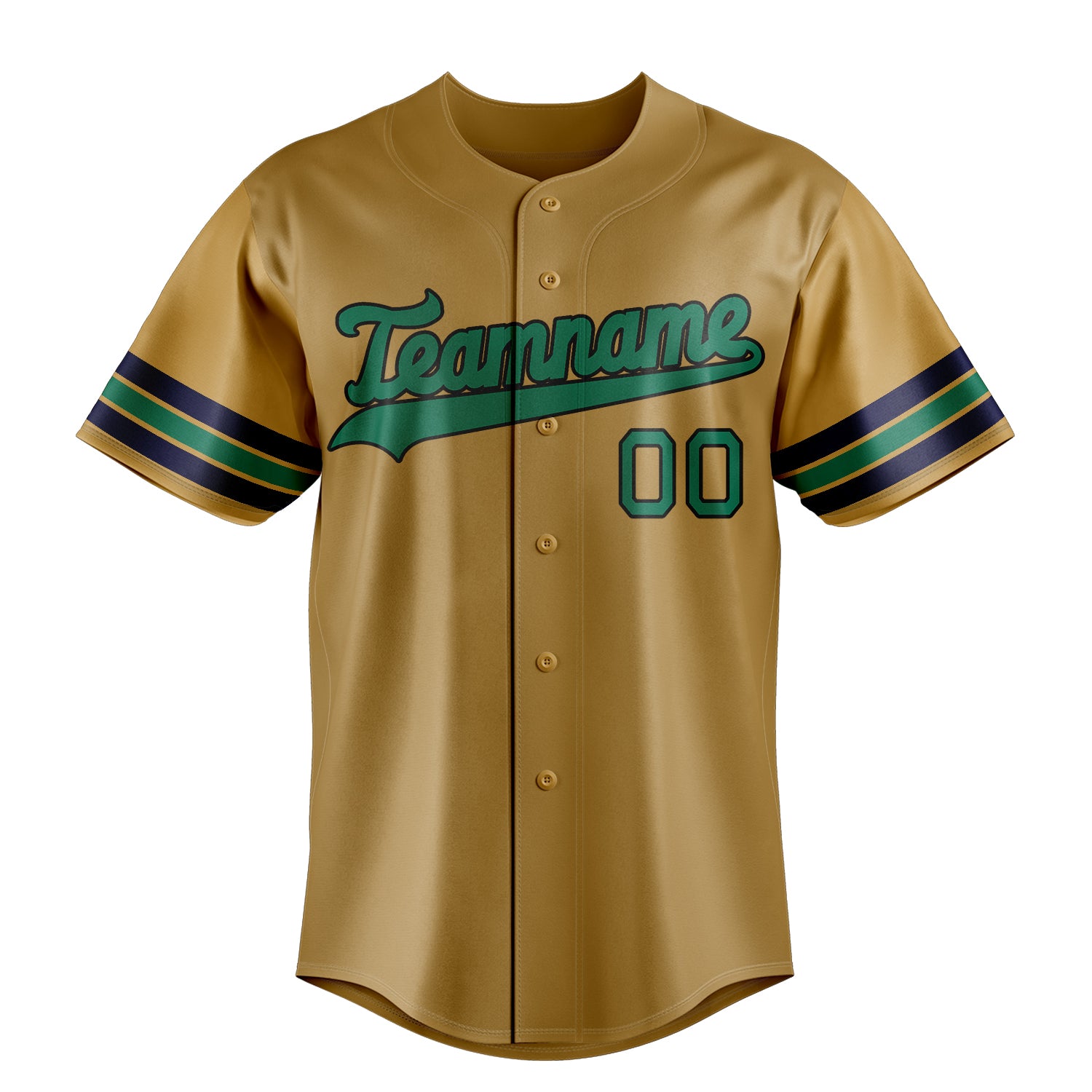Introduction
High-intensity football matches demand everything from athletes. During such exertion, the body can produce 0.8 to 1.5 liters of sweat per hour. Conventional cotton clothing would absorb moisture, feel heavy on the body, and create an unpleasant, cool feeling. Modern football jerseys, on the other hand, often feel amazingly dry, even during strenuous performance. The key to this comfort lies in advanced Cheap football jerseys Technologies that specifically optimize moisture wicking. This article unpacks the science behind breathability and shows how smart materials and thoughtful design improve the performance of professionals and amateurs alike. Whether you're a Cheap football jerseys or investing in high-end products – understanding these technologies helps you make the best choice.
The basic principles of moisture management
The effective sweat regulation in functional shirts is based on three fundamental mechanisms that often work synergistically:
-
Capillary Action: Many high-tech fibers have a special geometric shape at the micro level—such as cross-, Y-, or W-shaped cross-sections. These shapes create tiny channels (capillaries) that physically transport moisture away from the skin's surface to the outside for evaporation through surface tension. This works even without chemical treatment of the fiber. Brands like Coolmax® rely on precisely this principle.
-
Chemical hydrophilicity (hydrophilic modification): Standard polyester is naturally hydrophobic, meaning it repels water. Through chemical modification during polymer production, for example, by incorporating polyether groups, the fibers become permanently hydrophilic. They can actively attract (absorb) water molecules and transfer them. This property is wash-resistant.
-
One-way moisture transport (Moisture Wicking): Particularly efficient systems combine both principles in a layered structure. An inner layer of hydrophilic fibers quickly absorbs sweat and transfers it to an outer layer that offers a larger surface area for rapid evaporation—often achieved through mesh fabric or special weaving techniques. This prevents moisture from wicking back to the skin.
Key technologies and material innovations
The textile industry has developed a variety of materials and processes to implement these principles.
| Technology/Material | Manufacturer/License | Functional principle | Advantages & Special Features |
|---|---|---|---|
| Coolmax® | Invista | Four-channel fiber with enlarged surface for capillary moisture transport | Proven technology, high efficiency, also available in recycled form (EcoMade) |
| Dri-FIT | Nike | Special polyester blends that absorb moisture and allow it to evaporate quickly | Widely used, combined with ventilation zones (laser cuts) for airflow9 |
| AEROREADY | Adidas | Hydrophilic coating or functional material blend for a dry feel | Comfortable to wear, often in combination with recycled materials |
| AerTek | Castore | Moisture-wicking technology for constant dry comfort | Used in pro jerseys (z.B.Everton 2025/26) |
| AT DRY | Li Ning | 3D materials and fabric designs for quick sweat wicking and evaporation | Part of the AT platform, combines various techniques for optimal performance17 |
| Coffee charcoal fiber | Li Ning | Fiber made from recycled coffee grounds; porous structure promotes evaporation and inhibits bacteria | Natural antimicrobial properties, sustainable raw material17 |
Table 1: Overview of important technologies and materials in moisture management.
Selecting a Cheap football jerseys Today, this often means benefiting from decades of research and development.
The role of construction: More than just material
The performance of a jersey isn't determined solely by the material. Construction plays a crucial role:
-
Fabric construction: Loose knitwear (jersey) or special mesh fabrics in critical areas (under the arms, on the back) significantly increase air circulation and thus accelerate evaporation.
-
Zone-specific design: Modern jerseys are often "mapped." This means that different materials or fabrics are used on different body areas, tailored to specific requirements (sweat production, freedom of movement, stretch).
-
Suturing technique: Flat and welded seams (flatlock seams) minimize friction and allow unhindered moisture transport without barriers.
Sustainability and performance combined
A strong trend in the sporting goods industry is the integration of sustainability into high-performance products. Cheap football jerseys Models are made entirely or partially from recycled materials such as PET bottles. Brands such as Nike (Dri-FIT), Adidas, and Li Ning are increasingly turning to these recycled polyesters without sacrificing performance. It is often argued that functionality can even be improved, as the recycled fibers are produced using state-of-the-art processes. Choosing a Buy football jersey thus also becomes a question of environmental awareness.
What to consider when choosing a jersey
Understanding the technologies helps to make an informed decision when Buy football jersey to meet:
-
Purpose: Do you need a jersey for competition (high intensity, maximum performance) or for training and leisure (comfort, everyday wear)? Requirements can vary.
-
Material information: Pay attention to the labels. Terms like "100% Polyester" with additions like "Dri-FIT," "AEROREADY," or "AT DRY" indicate functional properties. The mention of "recycled materials" (z.B. "100% recycled polyester") indicates a sustainable product.
-
Processing: Check the seams. Flat seams indicate higher quality and less friction. Mesh panels on the sides and underarms are a good sign of ventilation.
-
Fit: A jersey should fit snugly, but not constricting. This is the only way the capillary effect can work optimally and transport moisture away from the body.
-
Care: If possible, do not use fabric softener, as this can clog the fine pores of the functional fibers and significantly impair their breathable properties.
Conclusion
The world of Cheap football jerseys is a fascinating example of how materials science and sports drive each other forward. What is developed in professional jerseys quickly reaches amateurs and fans. The technologies behind moisture wicking – whether through capillary transport in shaped fibers, chemical hydrophilicity, or intelligent multi-layer constructions – account for the comfort and performance of modern jerseys. They allow players to focus on what matters most: the joy of playing. So, next time you're considering a Cheap football jerseys to purchase, you know that even supposedly cheap jerseys often contain sophisticated "Black Technology" that ensures a dry and comfortable feeling on the pitch.









